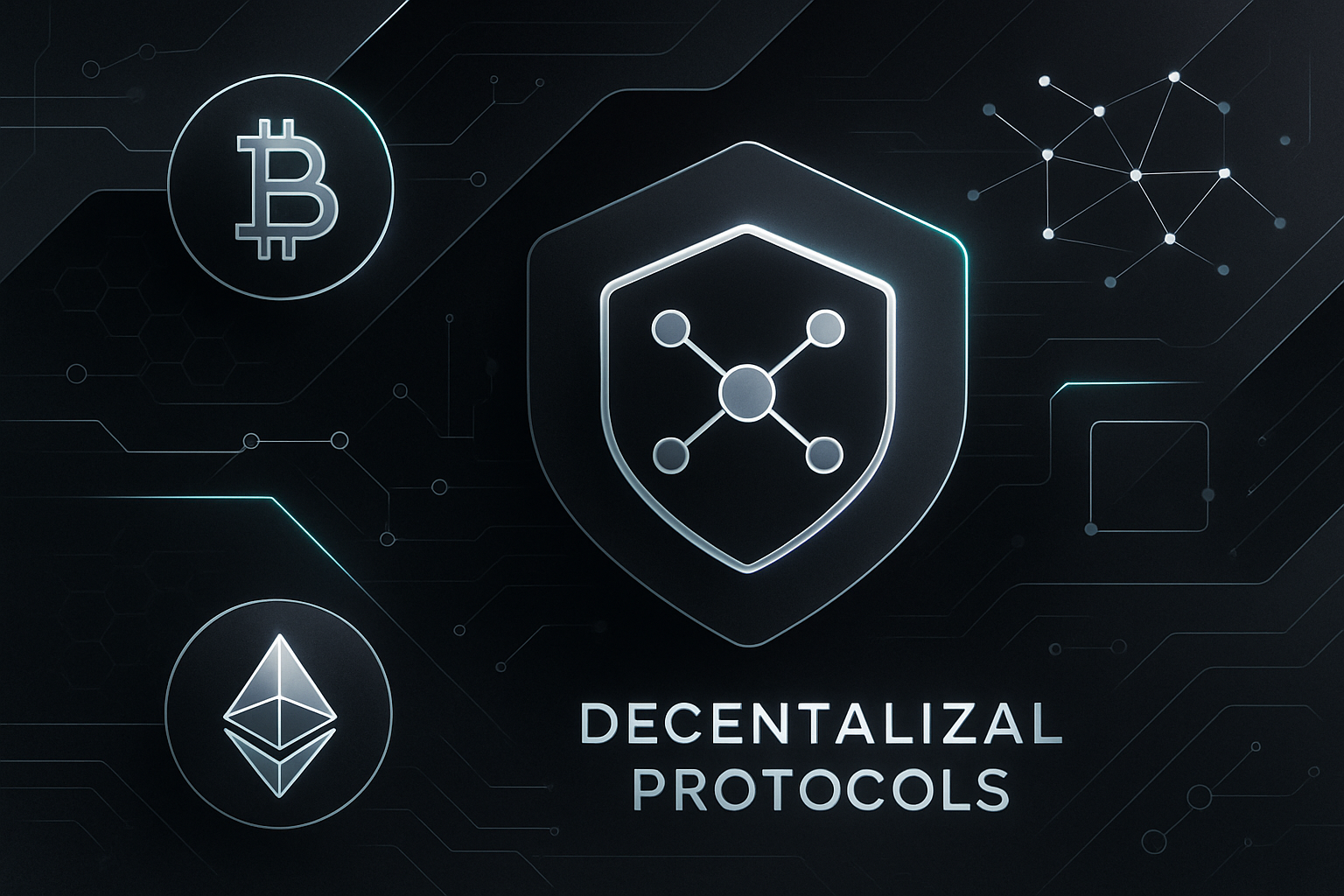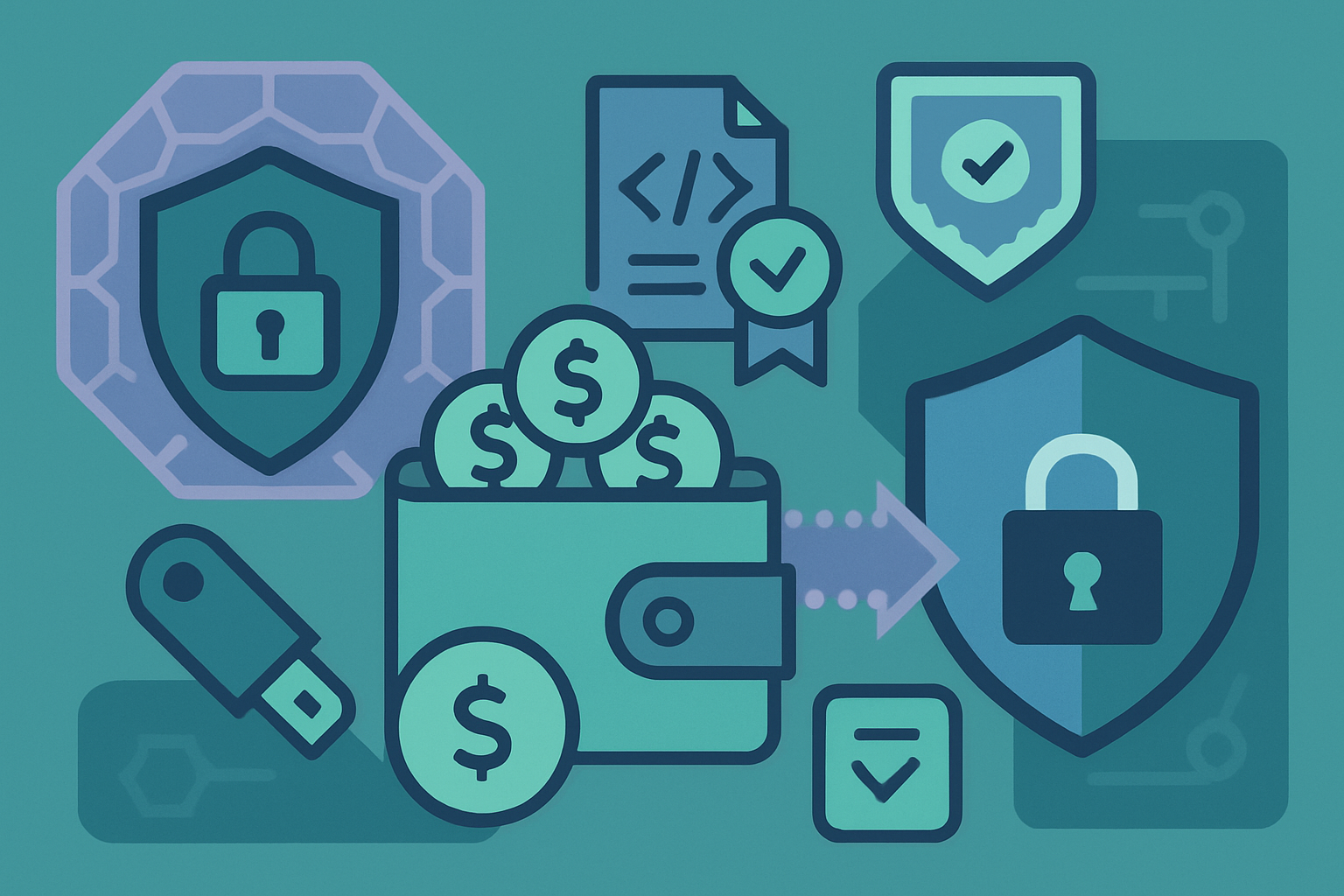How to Build a Fully On-Chain Game Using the MUD Framework: A Step-by-Step Guide

The landscape of blockchain gaming is rapidly evolving, with fully on-chain games emerging as a frontier for both developers and players seeking transparent, autonomous, and truly decentralized experiences. At the heart of this movement is the MUD framework, which abstracts much of the complexity of Ethereum smart contract development and enables creators to focus on innovative game mechanics rather than low-level infrastructure. If you’re ready to move beyond off-chain servers and embrace the future of Web3 gaming, understanding MUD’s architecture is essential.

Why Build Fully On-Chain Games with MUD?
Traditional blockchain games often rely on off-chain components for core logic or state management, undermining decentralization and composability. In contrast, MUD enables every aspect of your game – from player actions to world state – to live directly on Ethereum. This paradigm shift brings several advantages:
- Transparency: All rules and outcomes are verifiable by anyone.
- Composability: Other developers can build new experiences atop your game world.
- Permanence: Game logic persists as long as Ethereum exists.
- No reliance on centralized servers: The community truly owns the experience.
The recent success of titles like PopCraft demonstrates how casual mechanics can be elegantly implemented fully on-chain using MUD’s tools. As highlighted in industry analyses, every move becomes an immutable transaction, opening up new design spaces for trustless multiplayer interactions.
MUD’s Core Architecture: Entity Component System (ECS)
MUD employs an Entity Component System (ECS), a proven pattern from game development that organizes data into reusable components and defines logic through systems. Here’s why ECS is particularly suited for blockchain games:
- Flexibility: Add or modify features without rewriting core contracts.
- Efficiency: Store only what you need; minimize gas costs by separating data from logic.
- Extensibility: Anyone can compose new systems or components atop existing ones.
This modularity is crucial for open worlds and evolving economies where user-generated content or emergent gameplay are key value drivers.
Your Step-by-Step Path: From Zero to On-Chain Game
The process of building a fully on-chain game with MUD consists of several clear phases. Let’s break down the workflow so you can get started quickly while understanding each critical step:
- Set Up Your Environment: Install Foundry (Ethereum dev toolkit) and scaffold your project using the MUD CLI – this gets you a working template in minutes.
- Define Components: Specify your game’s data structures (e. g. , player positions) in TypeScript config files; generate code with one command.
- Create Systems: Write Solidity contracts that implement core gameplay logic (such as movement or resource gathering).
- Deploy Contracts: Configure for your preferred testnet, obtain testnet ETH, and deploy using simple commands – all tracked transparently onchain.
- Connect Your Frontend: Use the generated client library to build interfaces that interact directly with your deployed world contracts.
This workflow not only accelerates development but also ensures that every change is auditable and reproducible by others in the ecosystem. For deeper technical specifics at each stage, see our extended guides linked throughout this article or explore practical examples in our developer resources.
Once your basic on-chain world is live, the real work begins: iterating on gameplay, optimizing for gas usage, and building a community around your autonomous world. Unlike traditional games, every update to your logic or data structures must be thoughtfully planned and deployed as an upgradeable smart contract, underscoring the importance of modularity and upgradability in your initial design.
Iterating and Scaling Your On-Chain Game
Successful fully on-chain games are not static. They evolve through:
- Community-driven updates: Open-source contracts let players or third-party developers propose new features or balance changes via governance.
- Composable extensions: Others can deploy their own systems or components that interact with your game, creating a rich ecosystem effect.
- On-chain analytics: Tools like MUD’s Indexer help you track player behavior and world state for continuous improvement.
This approach means your game can become a platform, an extensible, shared digital space rather than a closed product. The most successful on-chain games treat their smart contracts as persistent public infrastructure, not just ephemeral code deployments.
Example: Adding an Attack System to Your MUD World
To illustrate how to extend your MUD world, here is a thoughtful example of a new gameplay system written in Solidity. This system allows players to attack each other, updating the on-chain state accordingly.
// SPDX-License-Identifier: MIT
pragma solidity ^0.8.20;
import { IWorld } from "../interfaces/IWorld.sol";
import { System } from "../System.sol";
contract AttackSystem is System {
// Reference to the world state
IWorld public world;
constructor(IWorld _world) {
world = _world;
}
// Example: Attack another player
function attack(address target) public {
require(world.isPlayer(msg.sender), "Only players can attack");
require(world.isPlayer(target), "Target must be a player");
uint256 attackerPower = world.getPower(msg.sender);
uint256 targetPower = world.getPower(target);
require(attackerPower > 0, "You have no power to attack");
if (attackerPower > targetPower) {
world.setPower(target, 0);
world.setPower(msg.sender, attackerPower + targetPower);
} else {
world.setPower(msg.sender, 0);
}
}
}
Notice how the system interacts with the world contract to check player status and update power levels. This modular approach enables you to add new mechanics while keeping the core world logic clean and extensible.
Testing, Security, and Best Practices
Security is paramount in blockchain development. Every line of code is exposed to the public and potentially high-value assets. Before mainnet deployment:
- Write comprehensive tests using Foundry’s test suite for all contract logic.
- Audit critical systems, either via open-source review or professional audit services.
- Avoid unnecessary complexity; keep systems modular and focused.
MUD’s approach encourages this discipline by enforcing clear separation between data (components) and logic (systems), making it easier to reason about security boundaries. For more advanced tips on secure smart contract design in gaming contexts, explore our technical deep dives linked throughout our site.
The Macro View: Why MUD Matters for Web3 Gaming
The rise of frameworks like MUD signals a paradigm shift in how digital worlds are conceived and governed. By moving both state and logic fully on-chain, these games become transparent public goods, resistant to censorship, open to remixing, and capable of supporting emergent economies far beyond what traditional servers allow. The composability unlocked by MUD’s ECS architecture means that today’s simple clicker could become tomorrow’s sprawling metaverse hub as new modules are layered atop its foundation.
This isn’t just technological evolution; it’s a reimagining of digital property rights and creative collaboration at internet scale. If you’re ready to experiment at the bleeding edge, or simply want to understand why so many builders are betting on fully on-chain models, there has never been a better time to start tinkering with MUD in your next project.
If you’re interested in deeper technical breakdowns or want practical advice from early adopters who’ve shipped real projects using these tools, check out our related guide: How to Build Fully On-Chain Games with MUD and Dojo: A Practical Guide for Web3 Developers.











